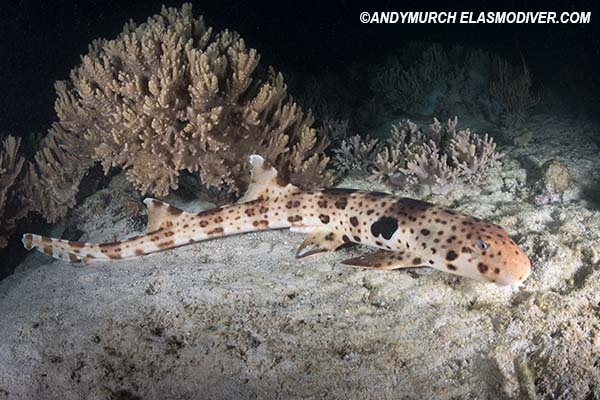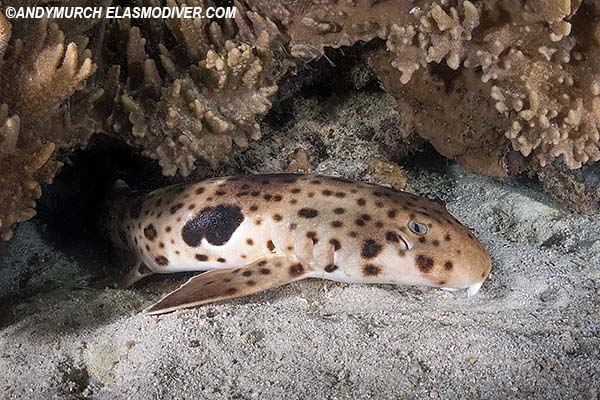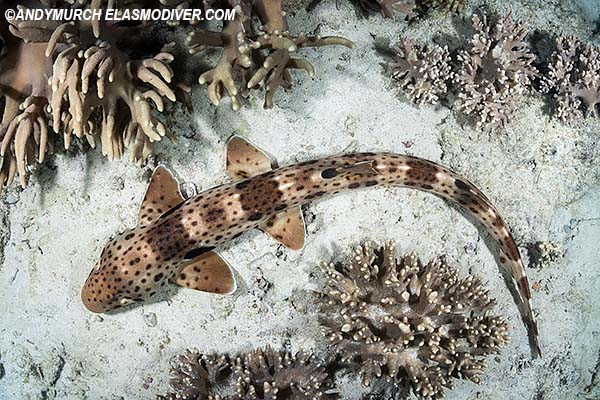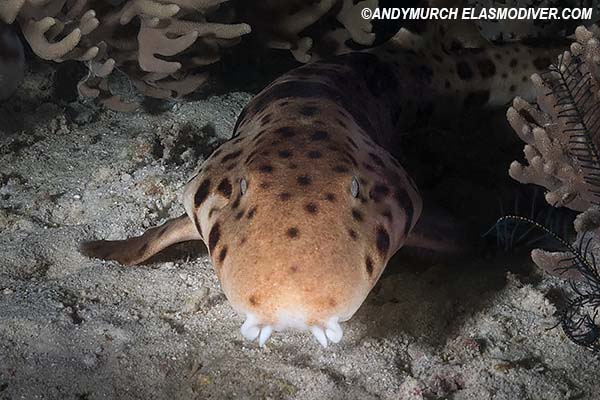|
|
|
SHARK INFO |
|
SHARK |
|
SHARK EVOLUTION |
|
|
|
SHARK DIVING |
|
SHARK DIVING 101 |
|
|
|
CONSERVATION |
|
|
|
PHOTOGRAPHY |
|
SHARK PHOTO TIPS |
|
|
|
RESOURCES |
|
|
|
WEB STUFF |
|
WHAT IS ELASMODIVER? Not just a huge collection of Shark Pictures: Elasmodiver.com contains images of sharks, skates, rays, and a few chimaera's from around the world. Elasmodiver began as a simple web based shark field guide to help divers find the best places to encounter the different species of sharks and rays that live in shallow water but it has slowly evolved into a much larger project containing information on all aspects of shark diving and shark photography. There are now more than 10,000 shark pictures and sections on shark evolution, biology, and conservation. There is a large library of reviewed shark books, a constantly updated shark taxonomy page, a monster list of shark links, and deeper in the site there are numerous articles and stories about shark encounters. Elasmodiver is now so difficult to check for updates, that new information and pictures are listed on an Elasmodiver Updates Page that can be accessed here:
|
|
_ |
TRITON BAY EPAULETTE SHARK |
||
 View all available Triton Bay or Henry's Epaulette Shark Images in the Shark Picture Database Common Names: Triton Bay Epaulette Shark, Triton walking shark, Henry's epaulette shark. Binomial: Hemiscyllium henryi. Family: Hemiscylliidae - longtailed carpetsharks or bamboo sharks. Identification: Long, cylindrical, eel-like body. Well developed pectoral and pelvic fins on fore-body. Two dorsal fins on rear-body. Tail long. Upper and lower caudal lobes on underside. Sub-terminal notch present. Coloration: Similar in appearance to the common epaulette shark H. ocellatum but with a unique B shaped, double ocellus (eye-spot) just behind the gill area.
Overall body light brown-tan with scattered small dark spots. Some spot groupings form leopard-like markings
especially in more mature animals. Darker patches along
upper back with concentrations of dark spots, form 11-12 subtly darker saddles
and bands along body and tail.
Size: Maximum confirmed length at least 78cm. Habitat: Sandy bays and coral reefs. From 3 to 30m. Distribution: Endemic to Triton Bay, Indonesia. Apparently restricted to the channel between Aiduma Island and mainland West Papua but further surveys may show that Henrys epaulette shark has a broader range in southern West Papua. Behavior: Rests by day under corals venturing out at sunset to feed. Swims or walks along on its flexible pectoral and pelvic fins. Wriggles through gaps in coral in search of prey or to seek protection.
Reproduction: Oviparous. Biology poorly known. Conservation Status:
A recently described species (2008), the Triton Bay epaulette shark is listed as
DATA DEFICIENT
by the IUCN. Photographs: Triton Bay Diver's House Reef, Aiduma Island, West Papua.
Similar species:
Diving logistics: Although the region is seasonally visited by a handful of liveaboards, the best way to encounter this species is to book a trip with Triton Bay Divers. This species can be found at night on their house reef in 3-5m depth.
References
and further
reading: Allen, G.R. and M.V. Erdmann, 2008. Two new species of bamboo sharks (Orectolobiformes: hemiscylliidae) from Western New Guinea. Aqua Int. J. Ichthyol. 13(3-4):93-108. (Ref. 74956) |
||
|
HOME LINKS TAXONOMY UNDER THREAT BOOKS CONTACT
|
||
























